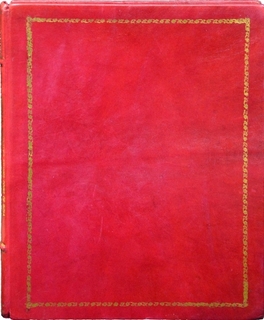| Quick Description | ||||
|---|---|---|---|---|
| Full Description: Ancient Indian Coinage, By Rekha Jain. Leather Bound, 247 Pages. Money is unmistakably a landmark invention considering its indispensable role in economics and, more specially, in the commercial sphere of mans existence anywhere in the world. However, we have yet to have final answers to some of the fundamental questions: when, where, and how was money shaped as coins or as pieces of stamped metal first introduced to human civilization? Its genesis in India is traced back to the sixth century bc: during the second urban revolution, when coins came to be manufactured here independently and indigenously. Analysing in depth an astonishing mass of numismatic and kindred data, published in different catalogues, archaeological reports, journals and elsewhere, this book investigates the evolution of ancient Indias money economy: in terms of its coinage, through six successive periods: janapada, Maurya, post-Maurya, Gupta, post-Gupta, and pre-medieval which, in their togetherness, span nearly two millennia. Covering the entire subcontinental sprawl, Dr. Jain considers the whole variety of coins: local, universal standard, and even foreign, with meticulous descriptions of coin types, symbols, legends, fabric and metrology. In her thematic effort to reconstruct the history of ancient Indian coinage (and, thus, money economy), from its first beginnings in high antiquity to about the twelth century ad, the author has drawn on wide-ranging primary and secondary sources. And has also tried to establish linkages between different ancient coins and their references/descriptions in Vedic/Buddhist/Jaina texts, Paninis Ashtadhyayi, Kautilyas Arthashastra, epical literature, Dharmashastras, foreigners travelogues, old-world mathematical treatises, and numerous contemporary inscriptions, among others writings. | ||||

